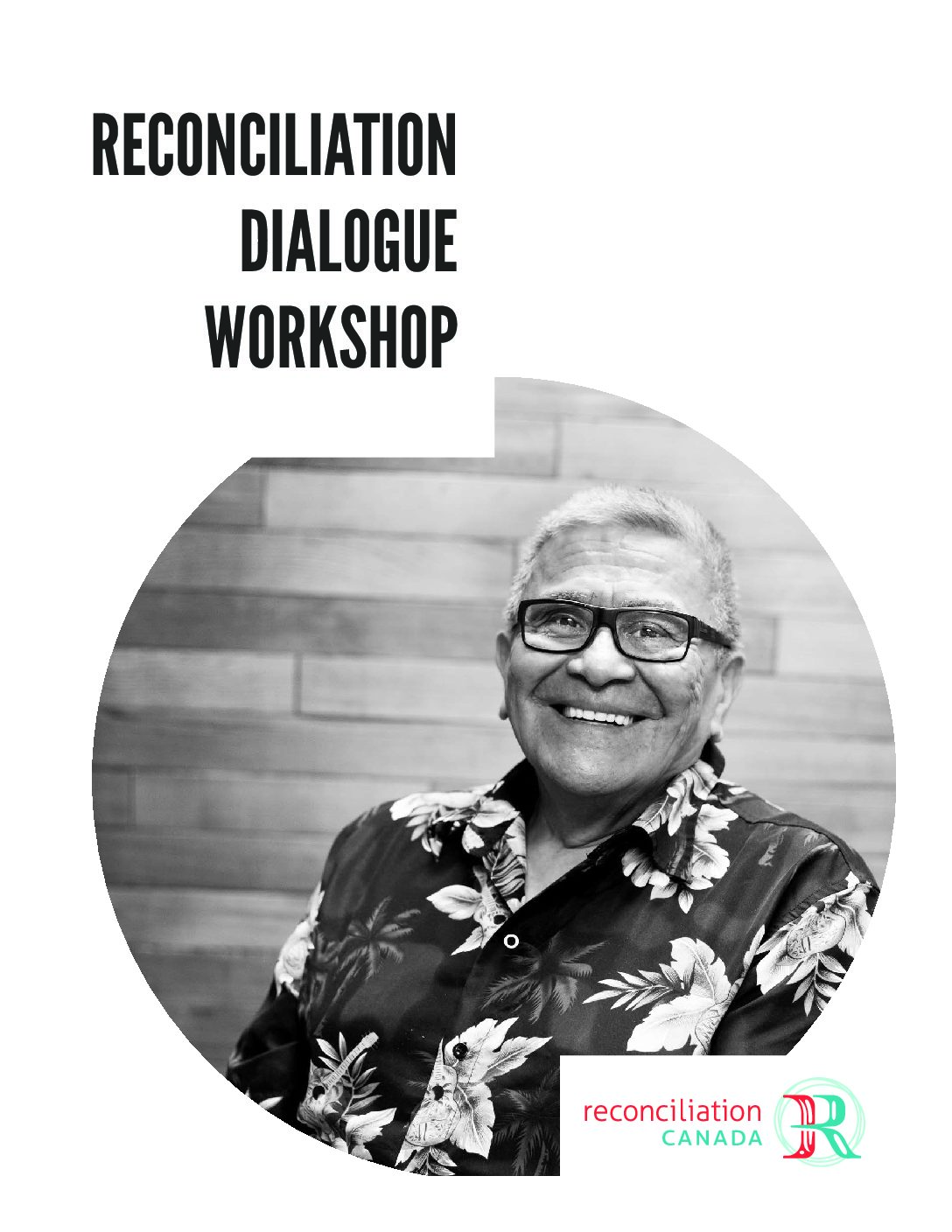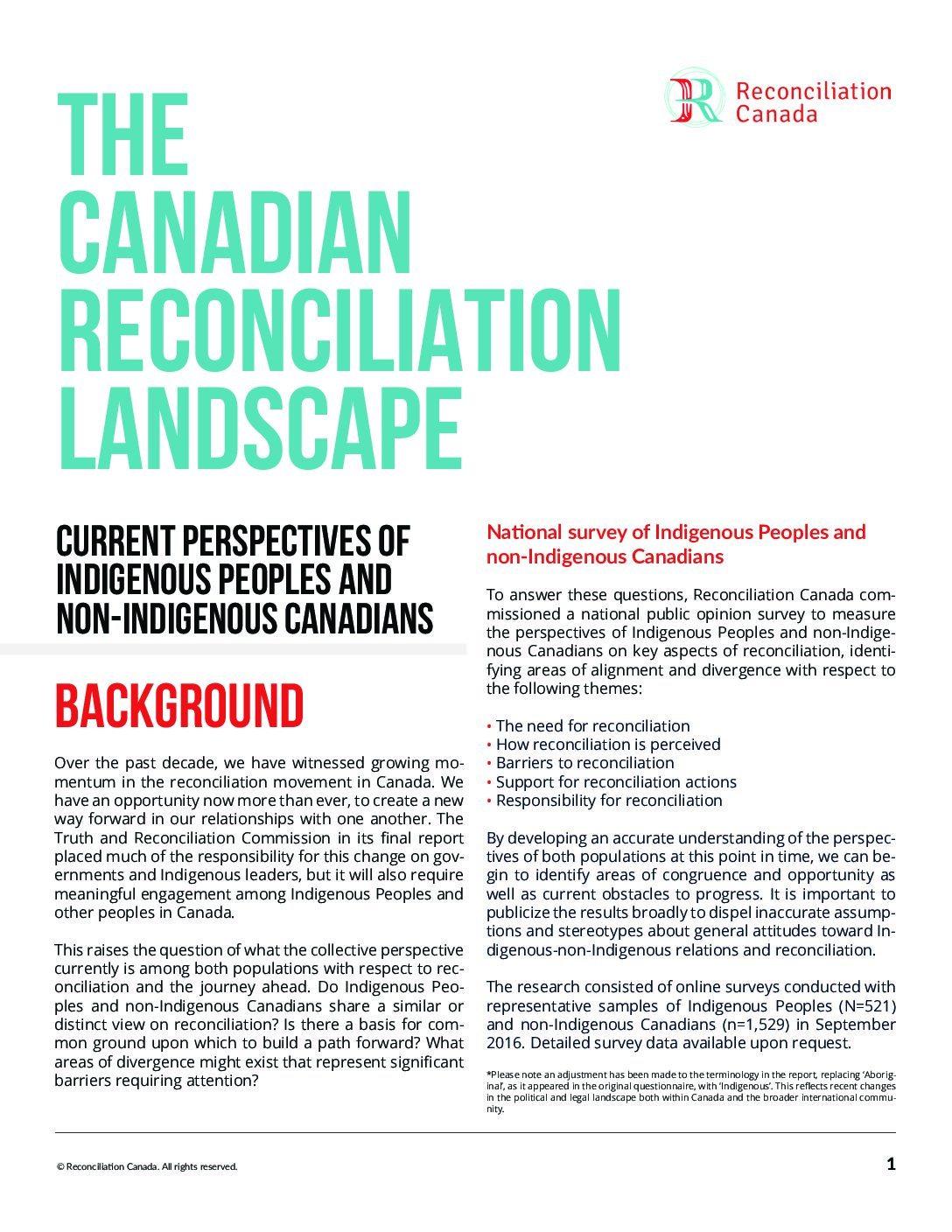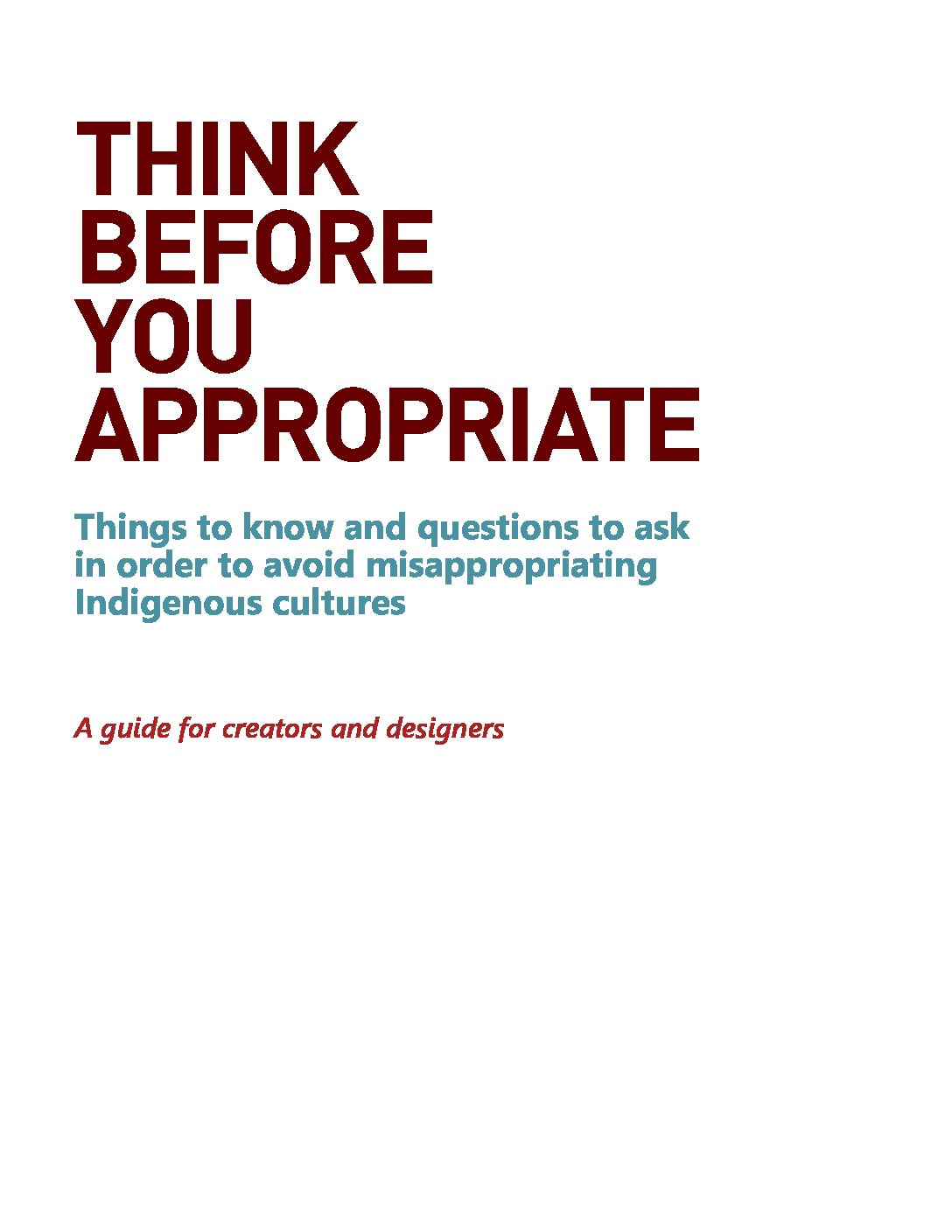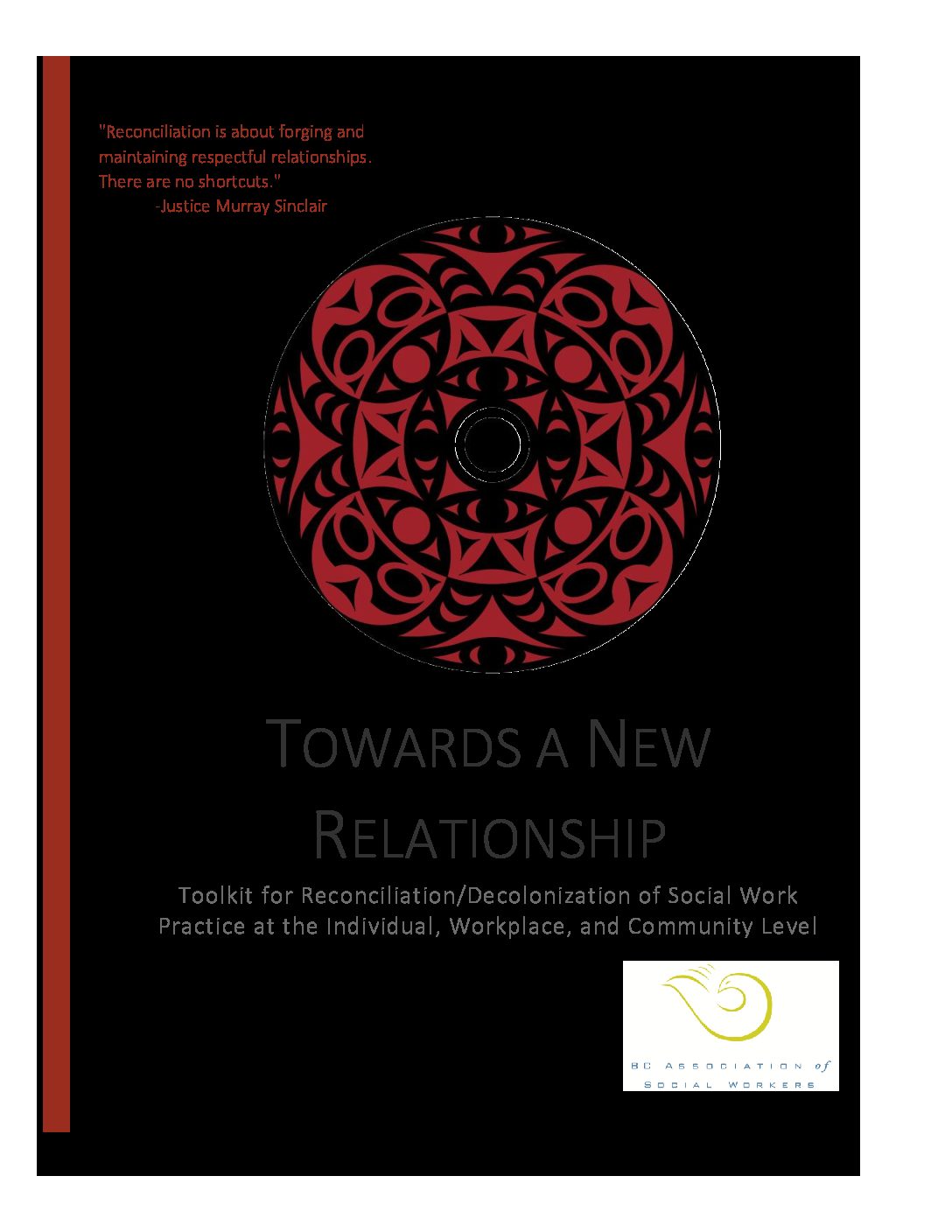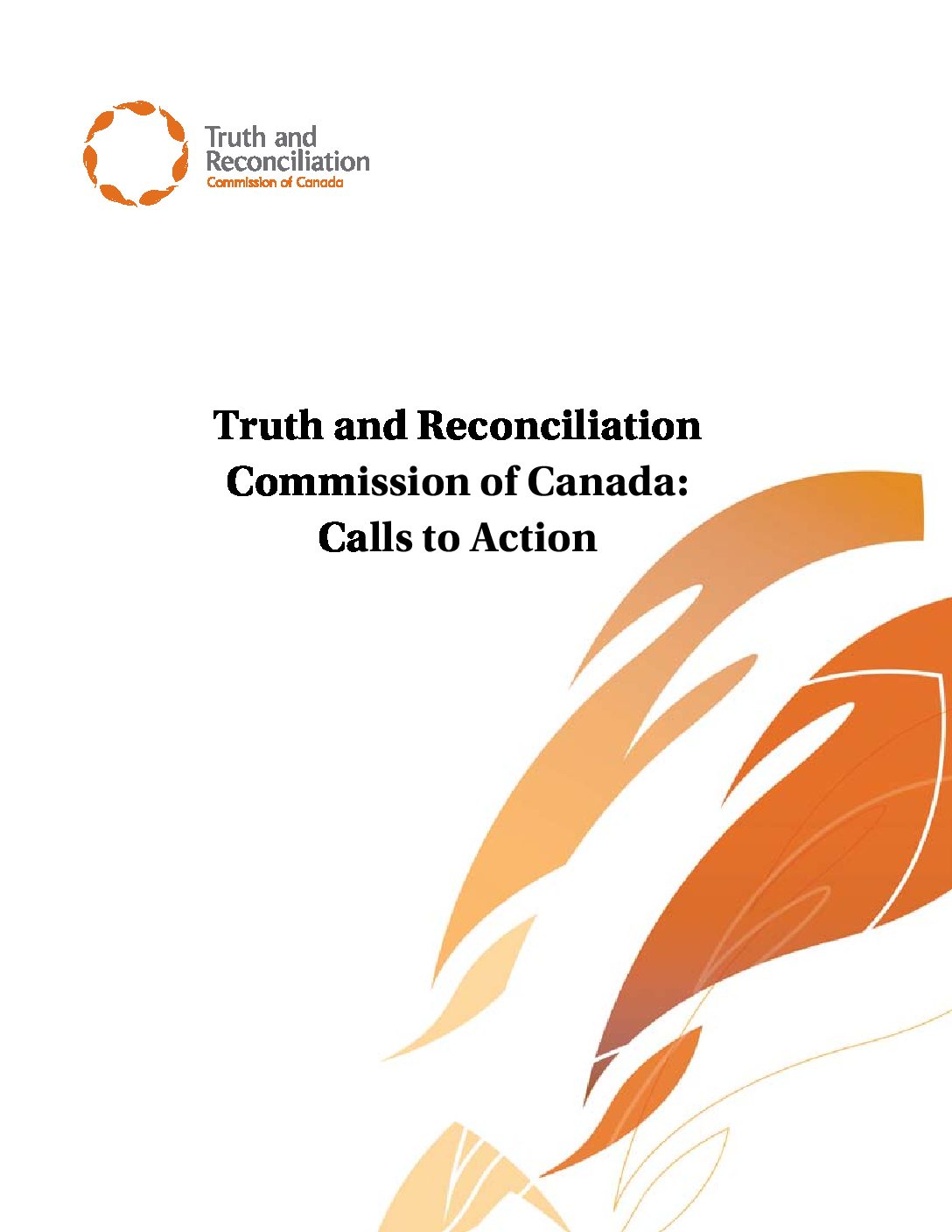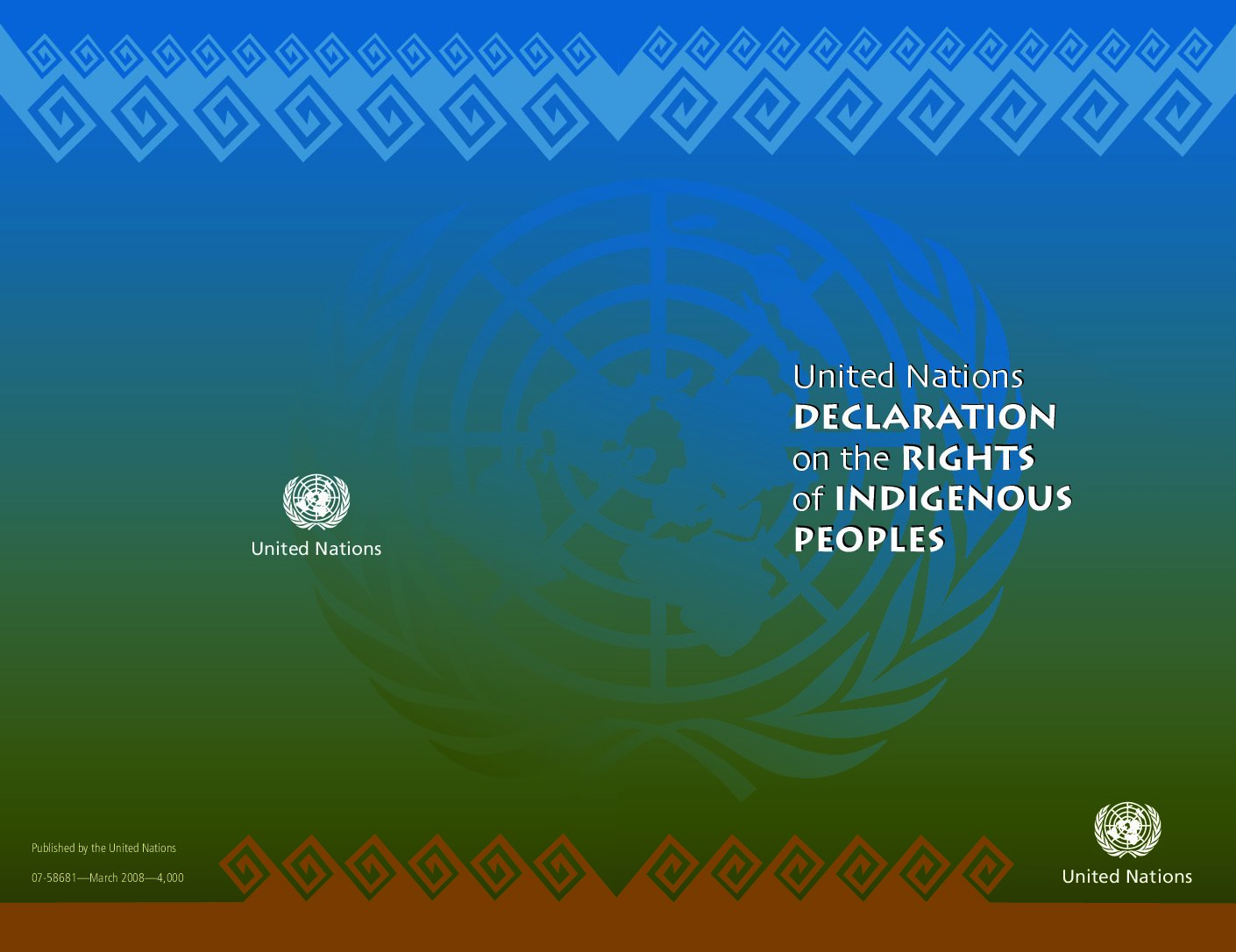Showing 1–16 of 19 results
-

1000 Conversations Across Canada on Reconciliation
Need help starting your conversation? Here are some conversation starters…
-
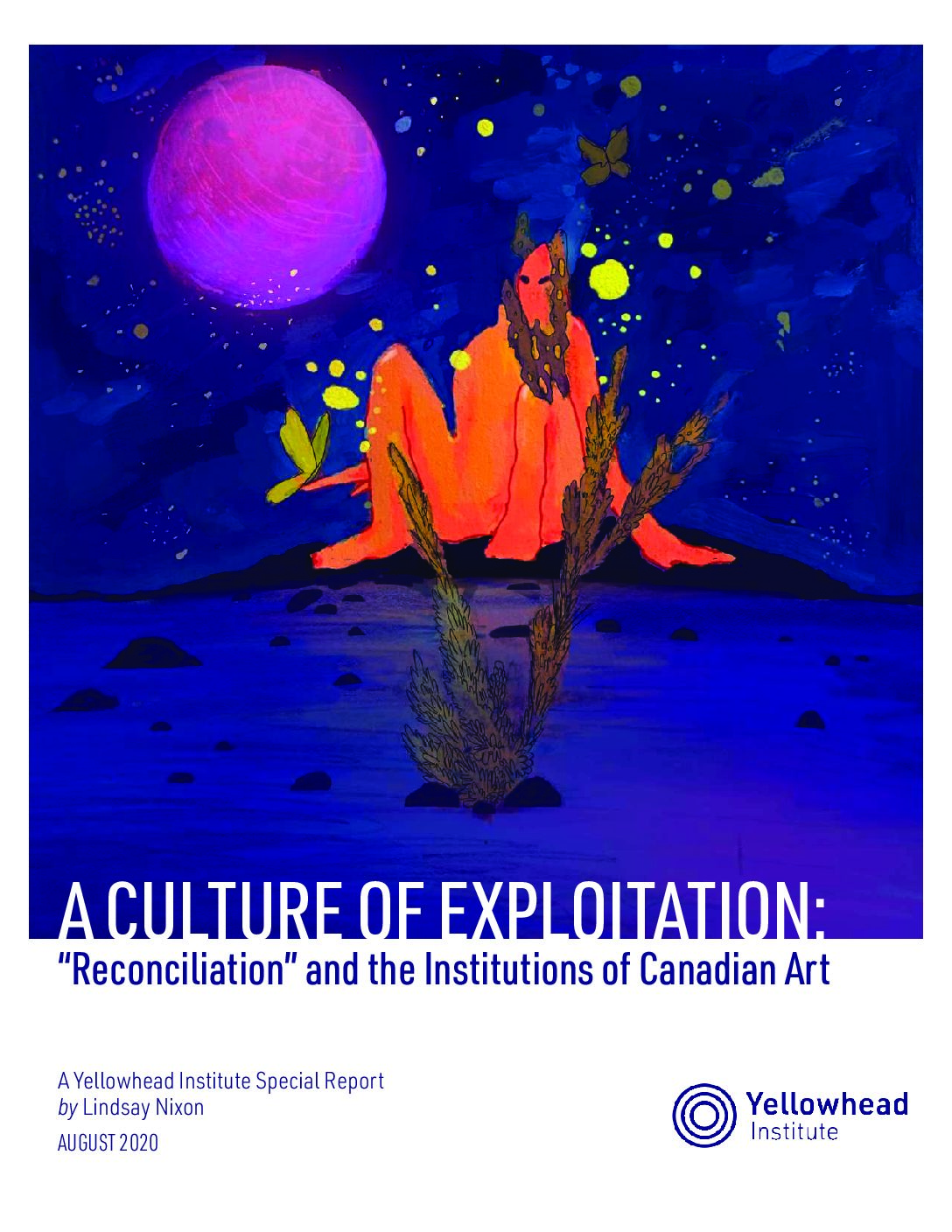
A Culture of Exploitation: “Reconciliation” and the Institutions of Canadian Art (Newly Added)
The relationship between Canadian cultural institutions (art galleries, museums, funding agencies, collections, etc.) and Indigenous peoples has always been a contentious one. The theft of Indigenous bodies and objects by these institutions is an ongoing feature of colonialism in Canada and even as Indigenous art broke into mainstream Canadian consciousness, the relationship was beset by tokenism and inequality. It was only during a period of activism that culminated in 2017, did these institutions begin to express a commitment to reconciliation.
And initially, the results of the “reconciliation year ” were positive with increased representation and support. However, since then and in the midst of a pandemic, those commitments have begun to evaporate. This Special Report considers themes in the historic relationship between Indigenous people in the Institutions of Canadian art and culture to contextual a series of interviews conducted with cultural workers during the COVID-19 pandemic, and which reveal a renewed exploitation of their labour and their works. Finally, the Report offers 15 Standards of Achievement that can serve as a guide for institutions and governments to begin reversing this exploitation and renewing the relationship. -
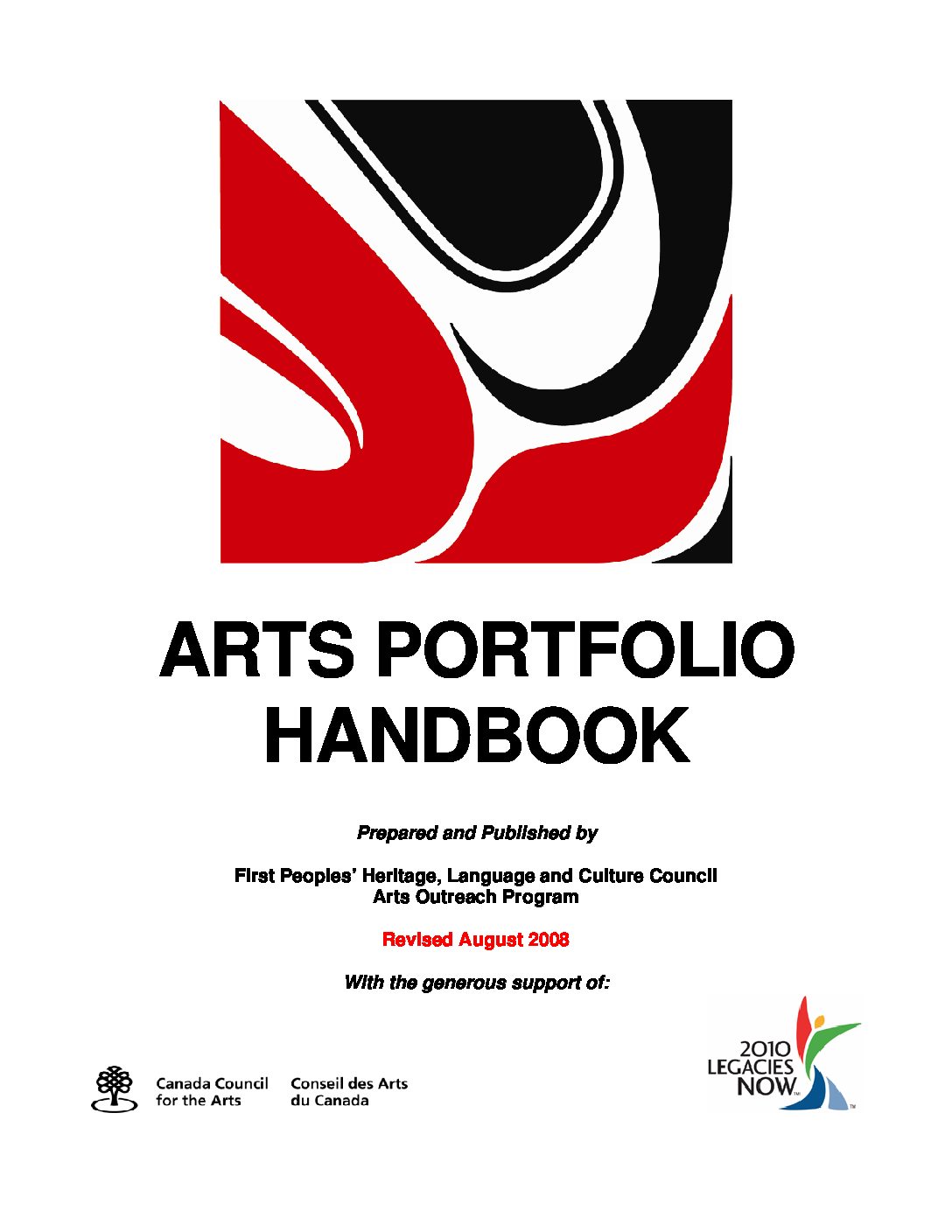
Arts Portfolio Handbook (Newly Added)
This handbook has been designed to provide you with some basic tips and templates to get your arts portfolio started. Through reading this handbook, you will be introduced to several key components that come together to form an arts portfolio package. If you are an individual artist, you will find guidance on how to write an artist’s biography, as well as an artist’s statement and artist’s resume/CV (curriculum vitae). You will also receive tips on how to bring together photo, video or audio samples of your work. If you are a member of an arts organization, group or collective, this handbook will offer you useful information about documenting the history of your organization, as well as clarifying key intentions that motivate you as a group.
-
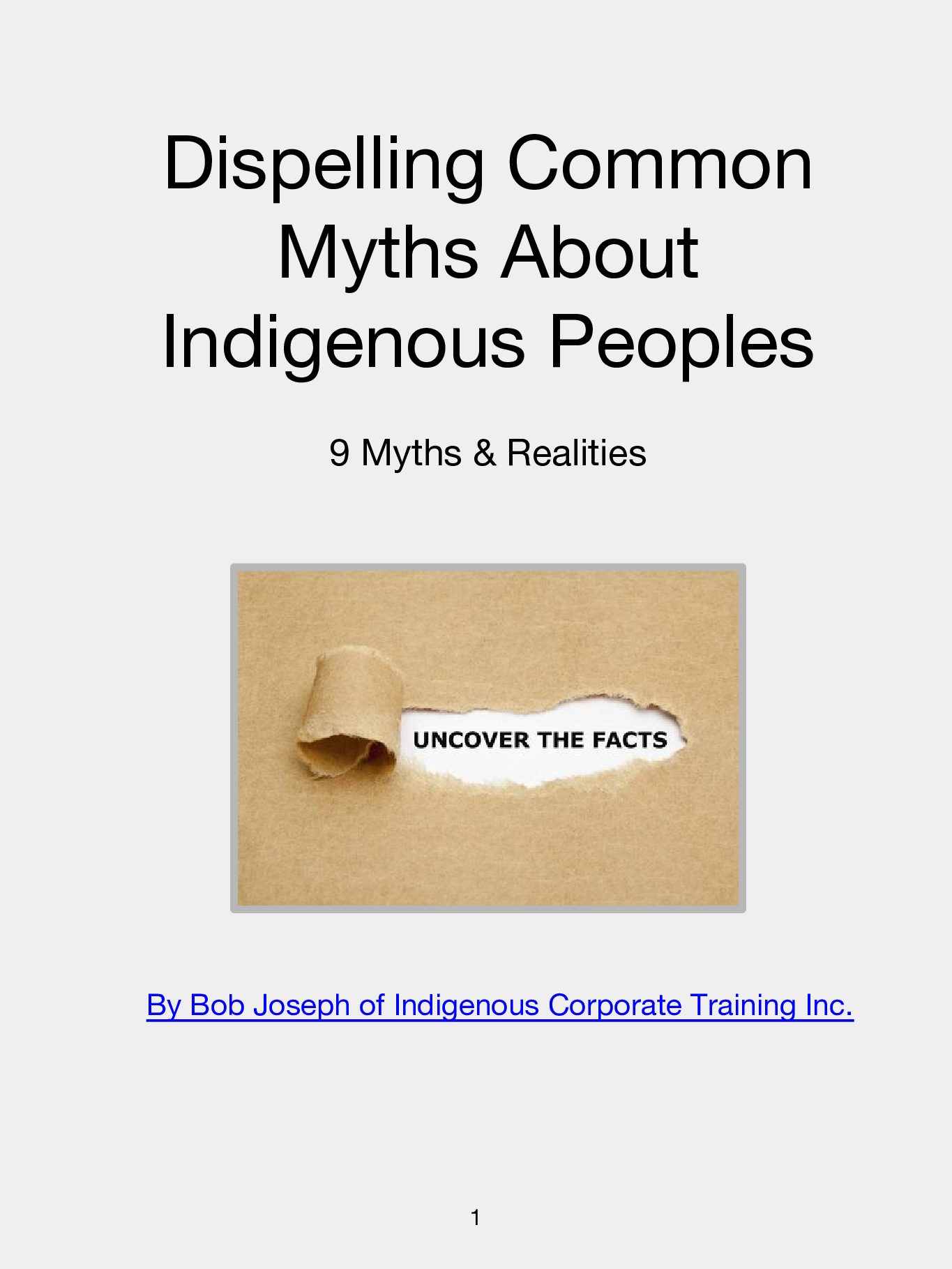
Dispelling Common Myths About Indigenous Peoples
“The definition of “myth”, according to the Oxford Canadian dictionary, is “a widely held but false notion”. Well, there are many widely held but false notions or myths regarding the perceived special privileges Indigenous Peoples in Canada receive from the federal government. In this ebook we take a look at some of the common ones and then provide
a snapshot of the reality for Indigenous Peoples.” -
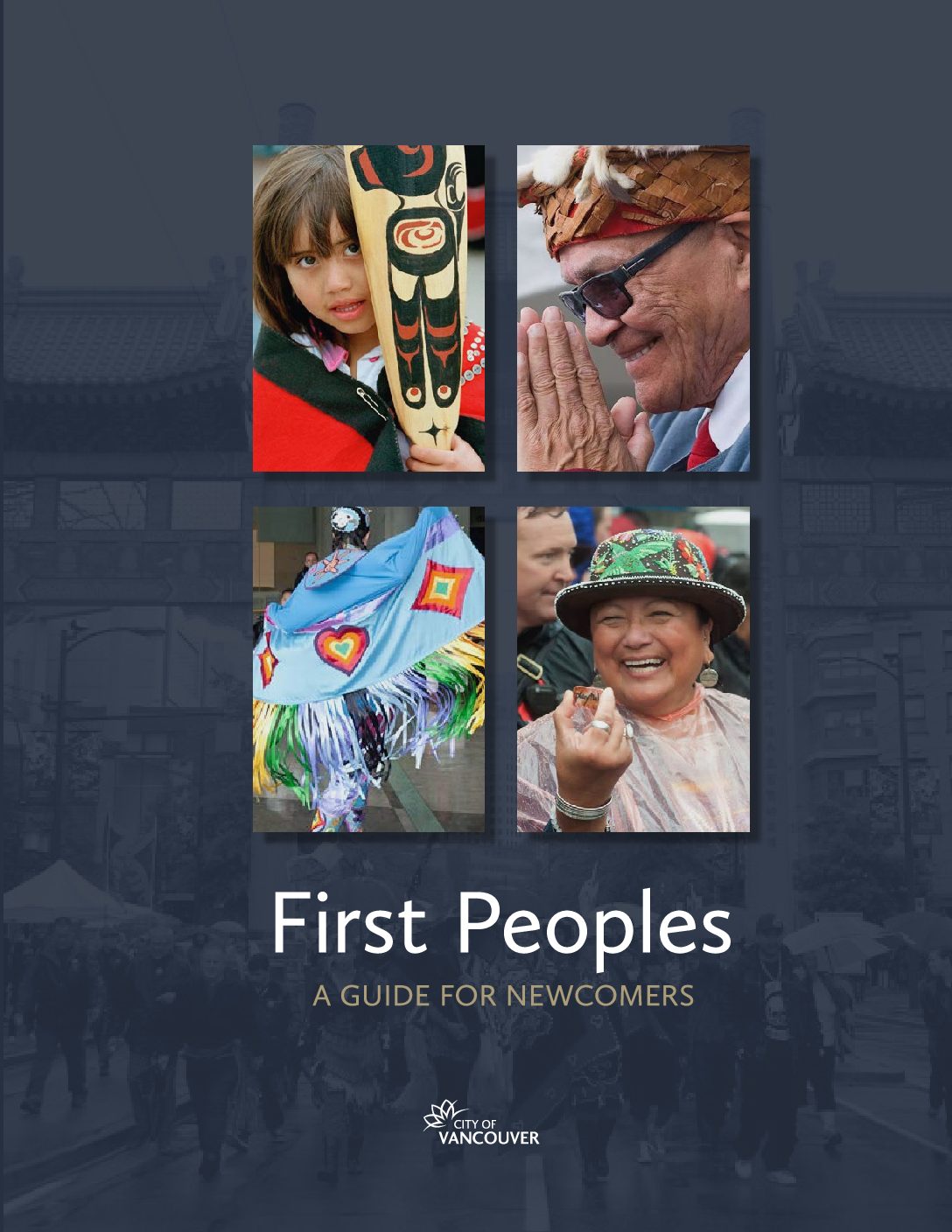
First Peoples: A Guide for Newcomers
First Peoples: A Guide for Newcomers aims to fill the need for clear information in simple language about the First Peoples in Vancouver. It introduces newcomers to three important topics: who are Aboriginal people (or First Peoples) in Vancouver and Canada; a brief overview of the relationship between the Government of Canada and First Peoples; and current initiatives and ways for newcomers to learn more about Aboriginal people in the community.
-
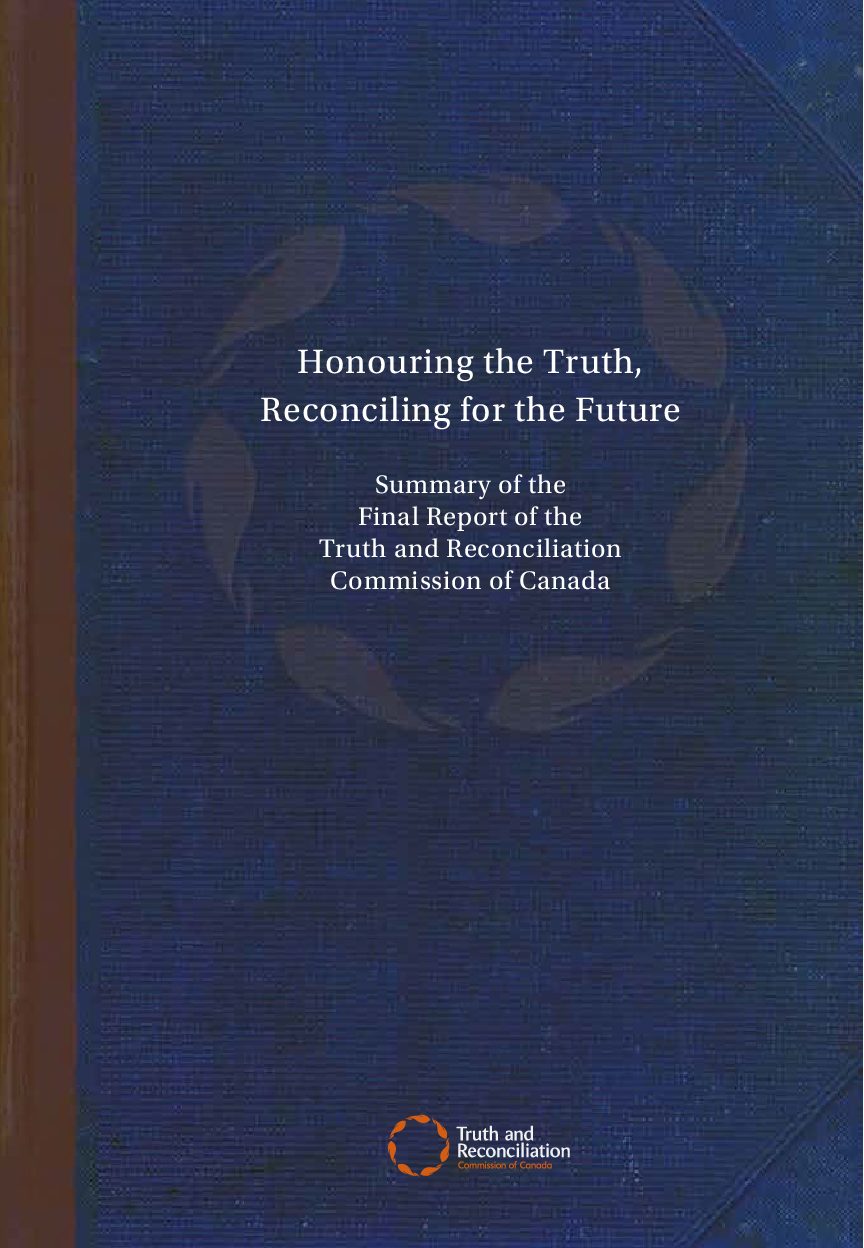
Honouring the Truth, Reconciling for the Future: Summary of the Final Report of the Truth and Reconciliation Commission of Canada (Newly Added)
Canada’s residential school system for Aboriginal children was an education system in name only for much of its existence. These residential schools were created for the purpose of separating Aboriginal children from their families, in order to minimize and weaken family ties and cultural linkages, and to indoctrinate children into a new culture—the culture of the legally dominant Euro-Christian Canadian society, led by Canada’s first prime minister, Sir John A. Macdonald.
-
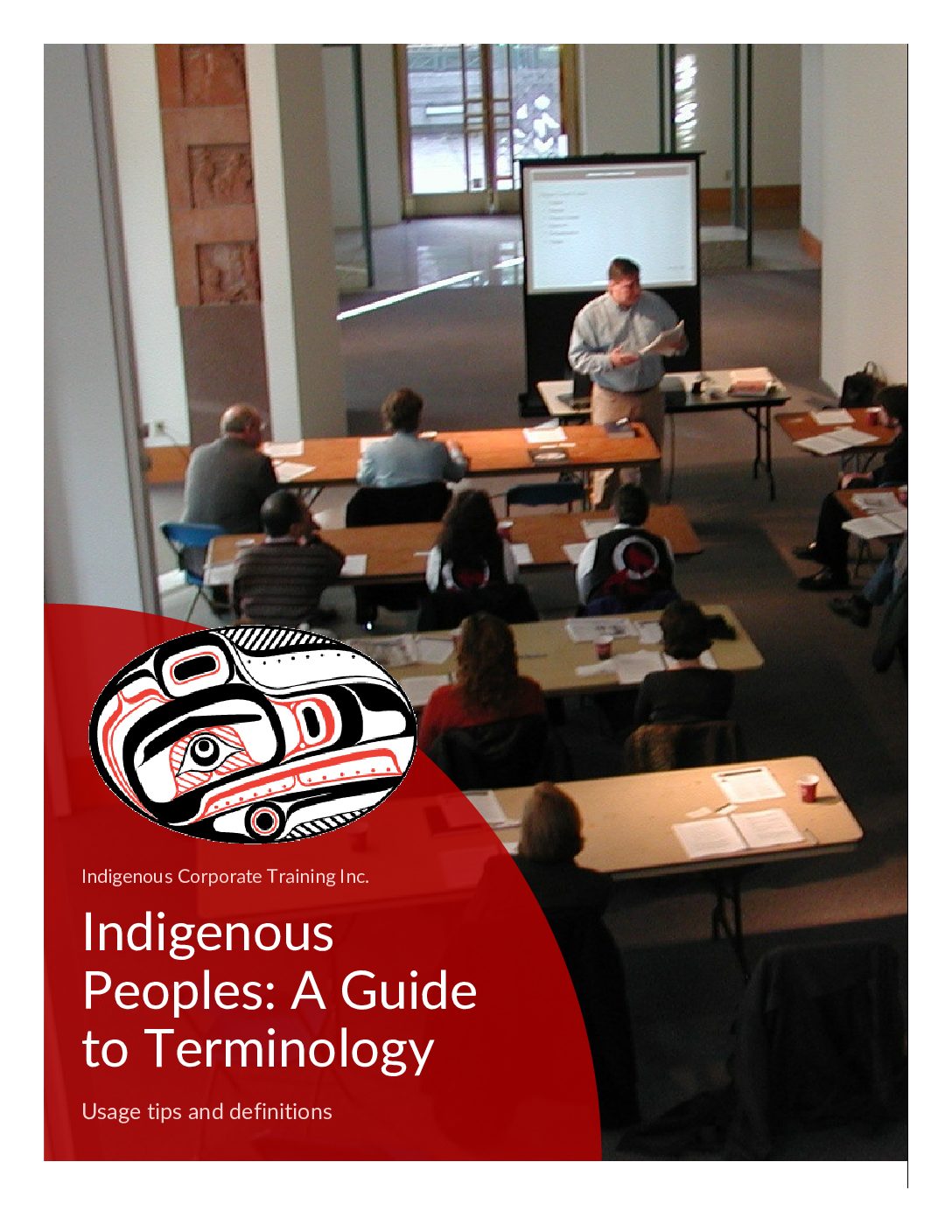
Indigenous Peoples: A Guide to Terminology
This ebook from Indigenous Corporate Training Inc. provides “some perspective on historical, political and community terminology, plus some definitions of common terms as well as tips regarding usage.”
-
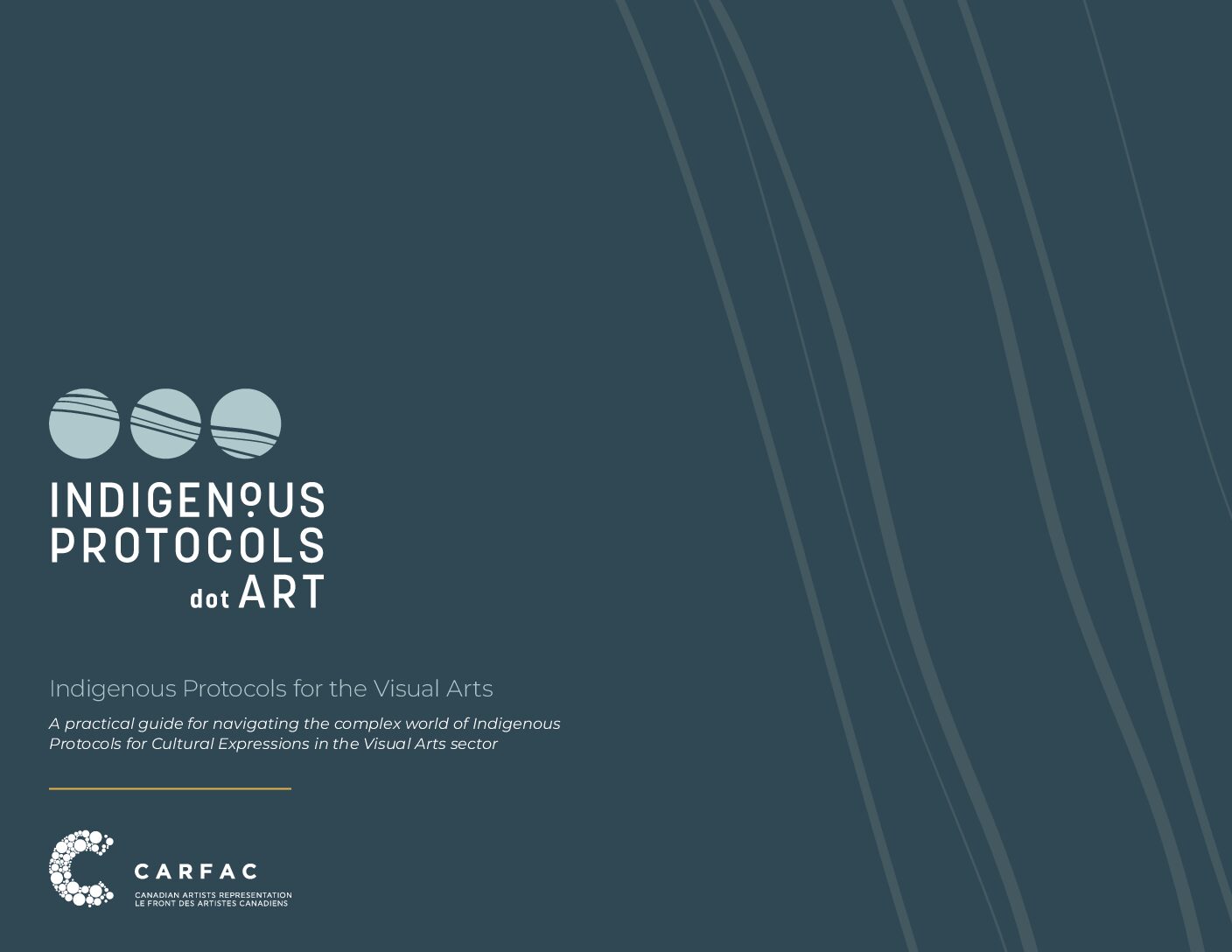
Indigenous Protocols for the Visual Arts
A practical guide for navigating the complex world of Indigenous Protocols for Cultural Expressions in the Visual Arts sector. This resource guide has been developed by Canadian Artists’ Representation / Le Front des artistes canadiens (CARFAC) and consultant Lou-ann Neel under the guidance of an Indigenous Advisory Circle.
The purpose of this resource guide is to provide practical guidelines for respectful engagement with Indigenous Peoples.1 It is part of an ongoing initiative to strengthen respect for First Nations, Inuit, and Métis visual art and artists, and legal and moral rights in the lands commonly known as Canada.
-
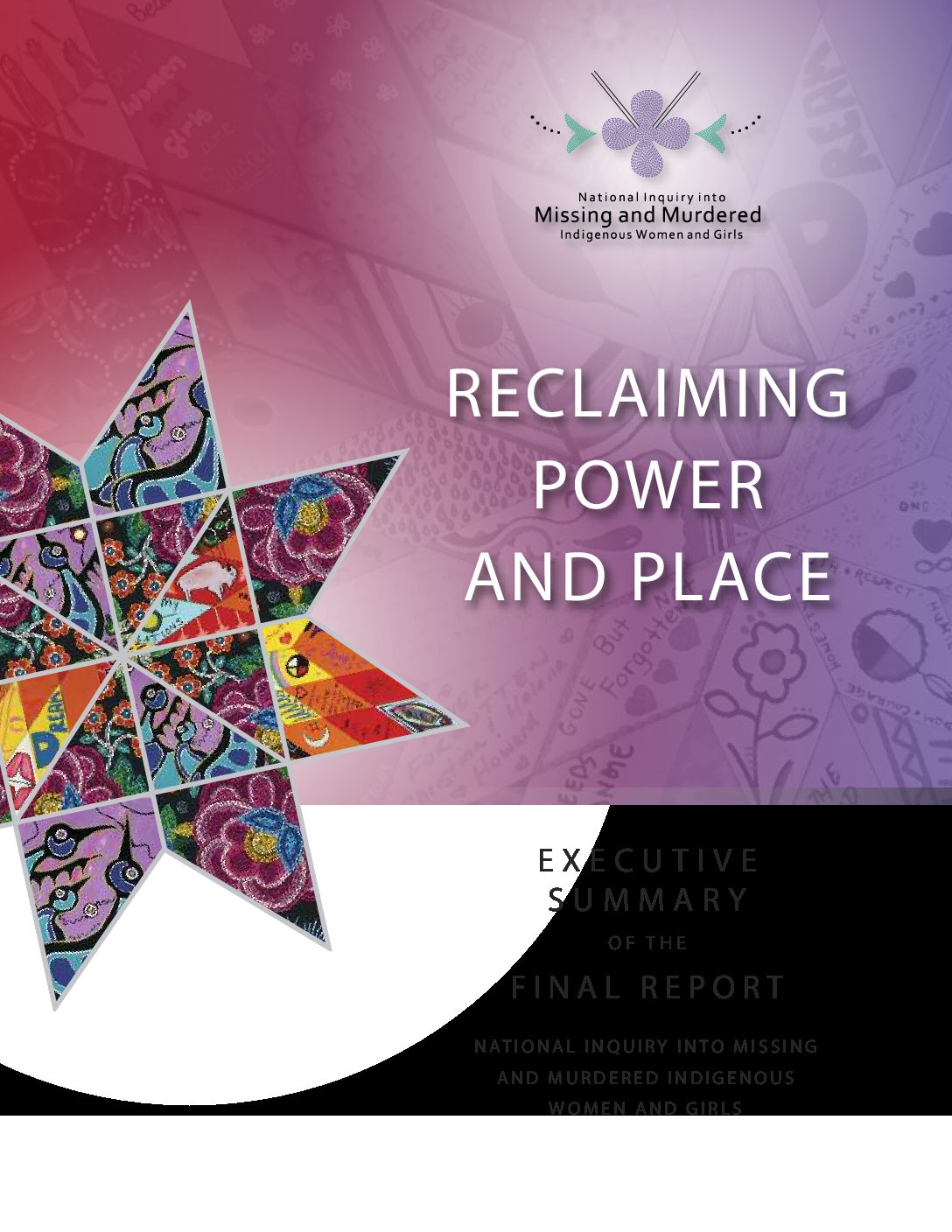
Reclaiming Power and Place, Executive Summary of the Final Report: National Inquiry into Missing and Murdered Indigenous Women and Girls (Newly Added)
First Nations, Inuit, and Métis women, girls, and 2SLGBTQQIA people in Canada have been the targets of violence for far too long. This truth is undeniable. The fact that this National Inquiry is happening now doesn’t mean that Indigenous Peoples waited this long to speak up; it means it took this long for Canada to listen.
-

Reconciliation Begins with Me Worksheet
This page was adapted from page 10 of Reconciliation Canada’s, RECONCILIATION DIALOGUE WORKSHOP, Discussion Guide.
-
Reconciliation Dialogue Workshop
The purpose of Reconciliation Dialogue Workshops is to provide an opportunity for participants to discuss issues related to reconciliation, explore our shared history, the intergenerational impacts of Indian Residential Schools and take positive steps towards honouring diversity and building resilience.
-
The Canadian Reconciliation Landscape: Current perspectives of Indigenous Peoples and non-Indigenous Canadians
Do Indigenous Peoples and non-Indigenous Canadians share a similar or distinct view on reconciliation? Is there a basis for common ground upon which to build a path forward? What areas of divergence might exist that represent significant barriers requiring attention?
To answer these questions, Reconciliation Canada commissioned a national public opinion survey to measure the perspectives of Indigenous Peoples and non-Indigenous Canadians on key aspects of reconciliation, identifying areas of alignment and divergence with respect to the following themes:
• The need for reconciliation
• How reconciliation is perceived
• Barriers to reconciliation
• Support for reconciliation actions
• Responsibility for reconciliation -
Think Before You Appropriate, Things to Know and Questions to Ask in Order to Avoid Misappropriating Indigenous Cultures (Newly Added)
[This guide] provides advice to designers and marketers on why and how to avoid misappropriation, and underlines the mutual benefits of responsible collaborations with Indigenous artists and communities.
-
Towards a New Relationship: Tool Kit for Reconciliation/Decolonization of Social Work Practice at the Individual, Workplace, and Community Level
This toolkit was produced to encourage and facilitate reflexivity and dialogue about reconciliation within the social work profession. We are hoping that each of you will participate in a reconciliation activity in quiet reflection or group dialogue, regardless of size, in a way that is most meaningful to you and your community. We are hoping that you, our members, can spread the word and help organize reconciliation circles in your community involving local social workers and stakeholders. The focus will be on respectful dialogue with colleagues and First Nations communities exploring pathways to restoring our relationships and new ways of working together.
-
TRC Calls to Action
“In order to redress the legacy of residential schools and advance the process of Canadian reconciliation, the Truth and Reconciliation Commission makes the following calls to action.”
-
United Nations Declaration on the rights of Indigenous Peoples (Newly Added)
Guided by the purposes and principles of the Charter of the United Nations, and good faith in the fulfillment of the obligations assumed by States in accordance with the Charter,…

